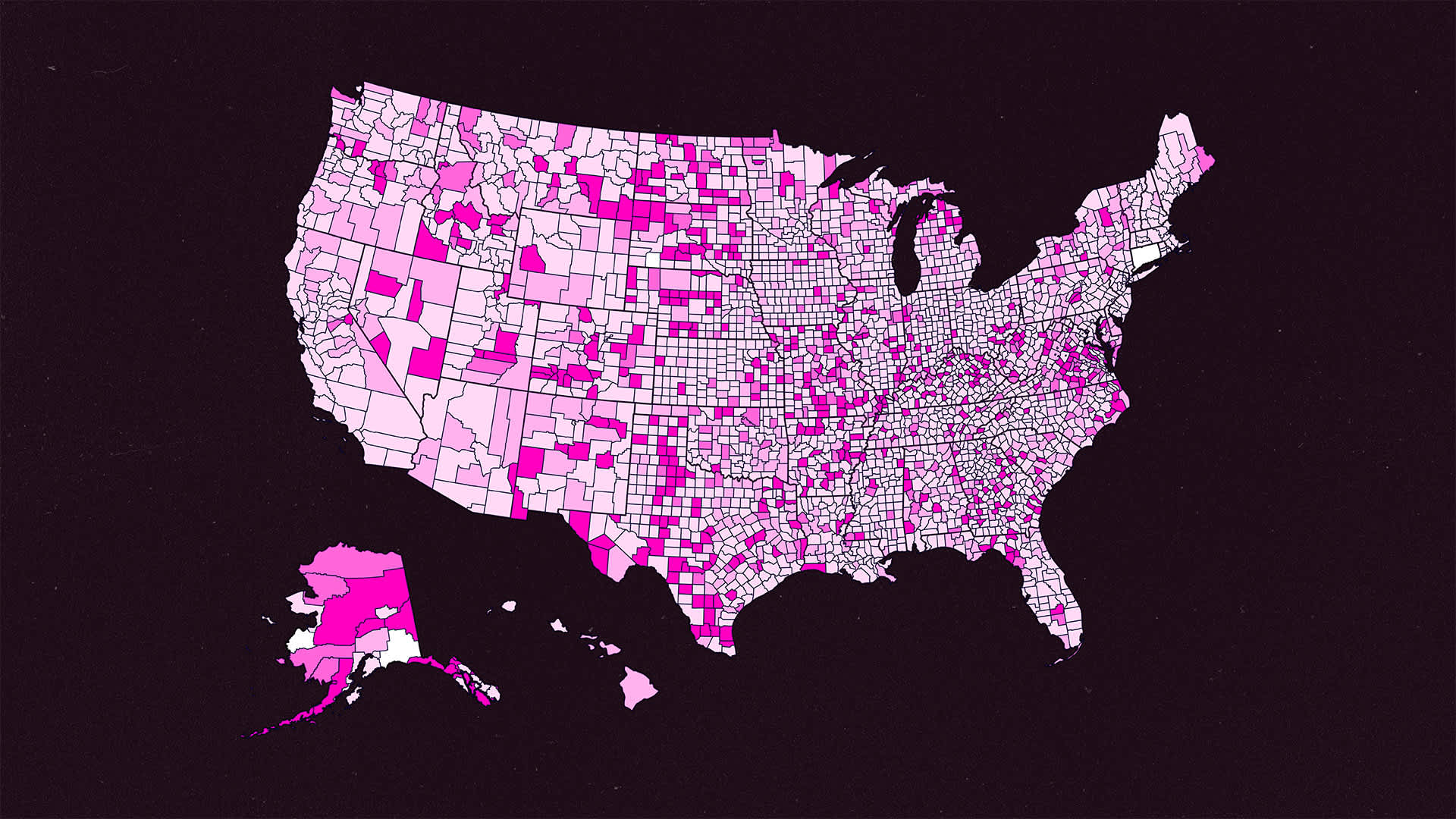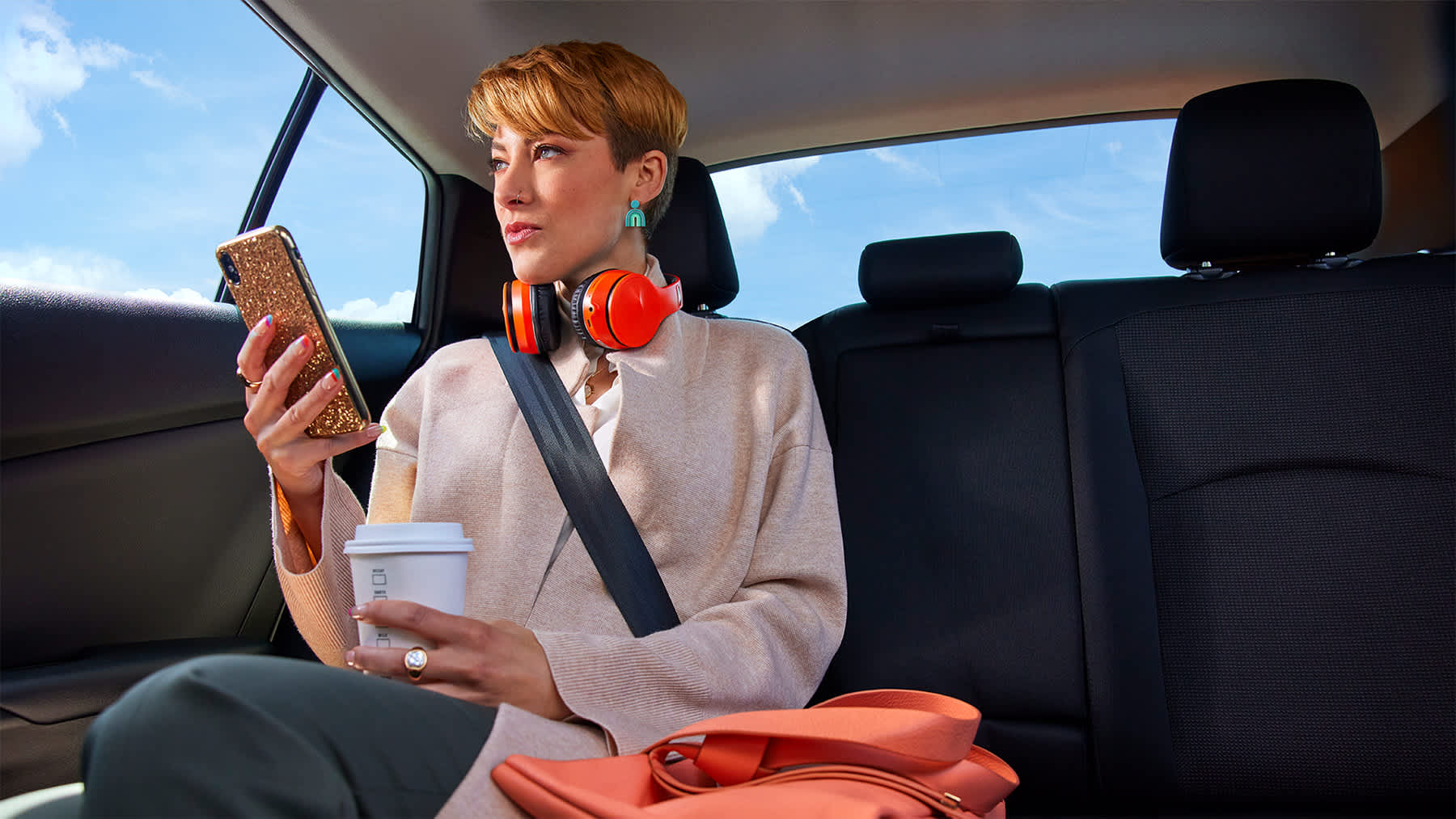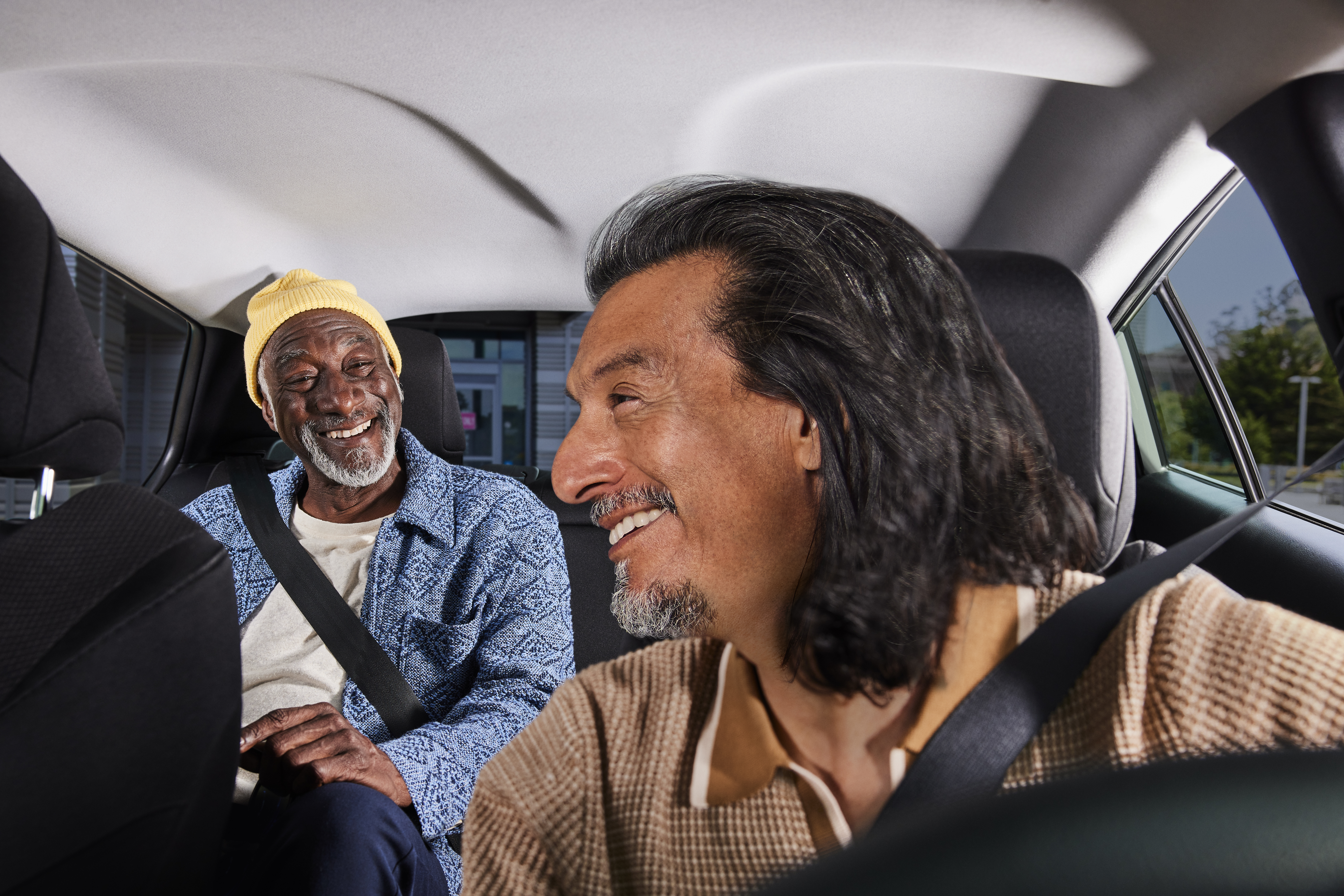
Twenty-one percent of adults without access to a vehicle or public transit went without needed medical care in 2022. It’s a sobering stat that points at a real problem: Unlike online shopping or dinner delivery, people need to get to healthcare to actually receive it. This is trickier in regions where essential medical services are hard to reach, often called “medical deserts.” In these areas, even routine medical visits can become ordeals.
Take the simple act of picking up a prescription. For many of us, that requires only a quick drive (or even walk): A majority of Americans live within two miles of a pharmacy. But the U.S. has seen a 15% decline in retail pharmacies since 2021, leaving many communities without easy, convenient access to medications.
Data from GoodRX suggests that in 40% of counties, residents have to travel over fifteen minutes to get to nearby pharmacies — but it’s in the rural states of North Dakota, Alaska, and Montana, and the more urban states of Texas and Georgia — where riders have to travel the farthest. The situation is particularly striking in Apache County, Arizona; Woodford County, Illinois; and Delaware County, New York — which are the three largest counties where 100% of residents live in pharmacy deserts.

Long pharmacy rides were generally more common in rural counties, with under 50 people per square mile. Among high-density counties, pharmacy deserts are 30% more likely to occur in counties with a higher share of African American residents.

Pharmacies are only part of the problem — there are also disparities in access to medical care. The average American lives roughly five miles away from a hospital, and many have to travel over 10 miles for routine healthcare visits. This distance is not just an inconvenience: Living far from a medical facility is associated with fewer visits to a primary care physician and worse outcomes for patients with cancer and chronic conditions.
GoodRX data suggests that across the U.S., 20% of counties are hospital deserts, where the closest hospital is generally over 30 minutes away. These rates are twice as high in Alaska, North Dakota, and Missouri, and there are several counties where all residents have to travel over 30 miles to get to a hospital – those with populations over 38,000 include Valencia County, New Mexico; Webster County, Missouri; and Kendall County, Texas.

While health deserts have long been a problem in the U.S., rideshare is helping to cross these deserts. Visits to and from healthcare facilities have emerged as a major use case for Lyft, with 26% of riders in a recent survey reporting using the Lyft platform to access healthcare services.
With this in mind, Lyft is an authorized non-emergency medical transportation (NEMT) in 27 states plus D.C., and thousands of hospitals partner directly with rideshare companies to provide transportation to appointments and pharmacies.
“Reliable and convenient transportation is critical to accessing healthcare, especially in health deserts where patients might have waited months to get an appointment and are traveling long distances,” says Betty Yen, Lyft’s Head of Healthcare Partnerships. “Lyft is uniquely positioned to help bridge these gaps, ensuring more people can get to the medical services they need.”

